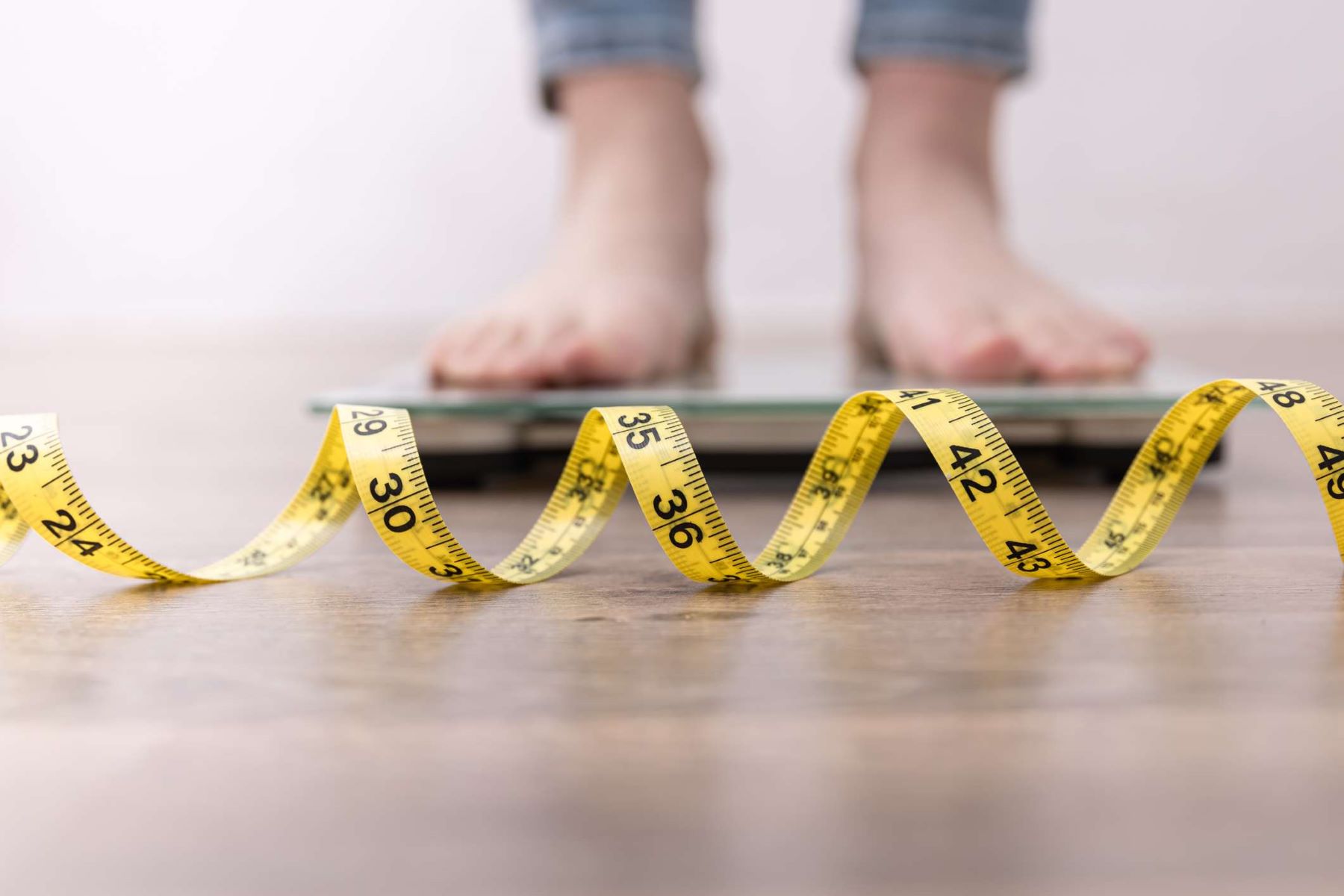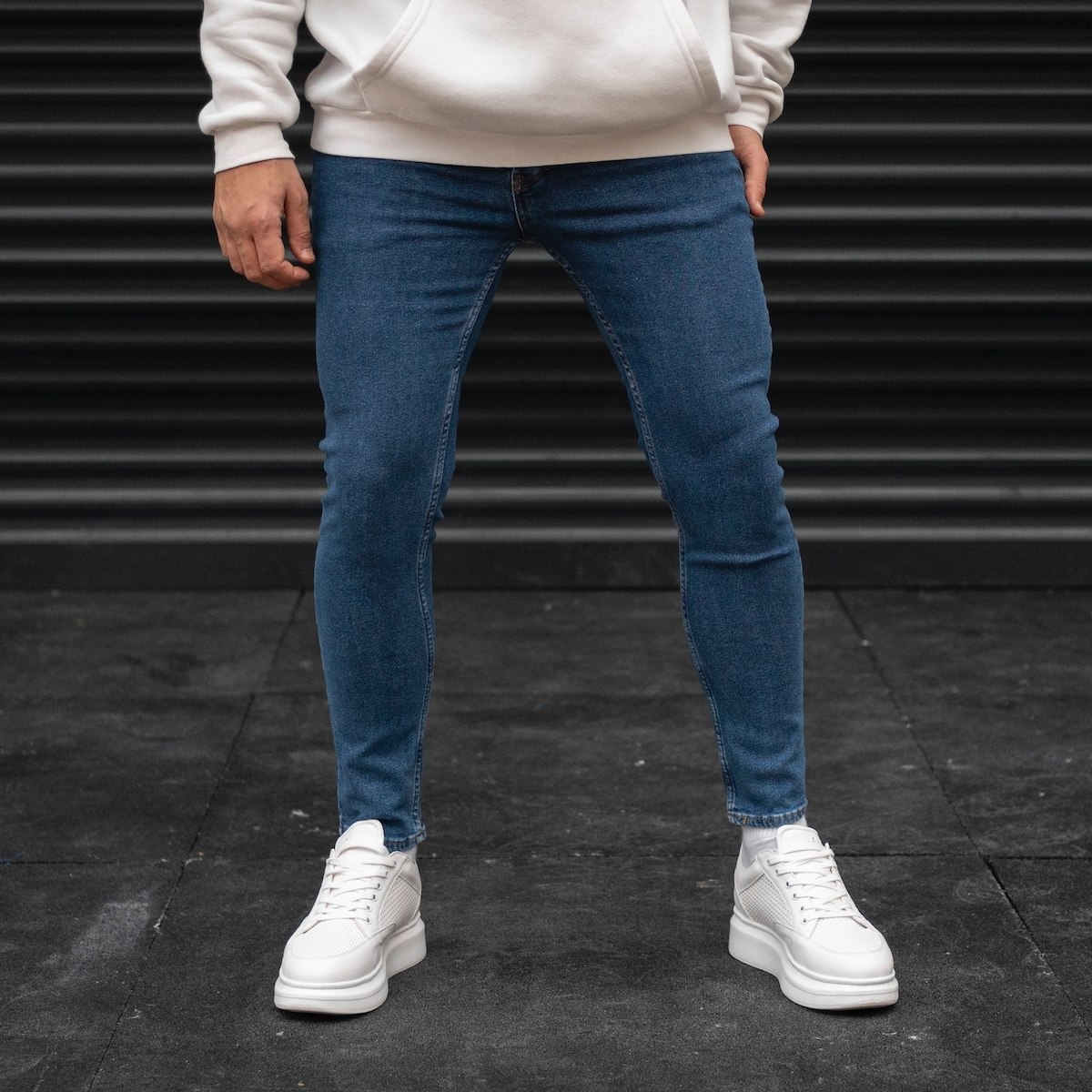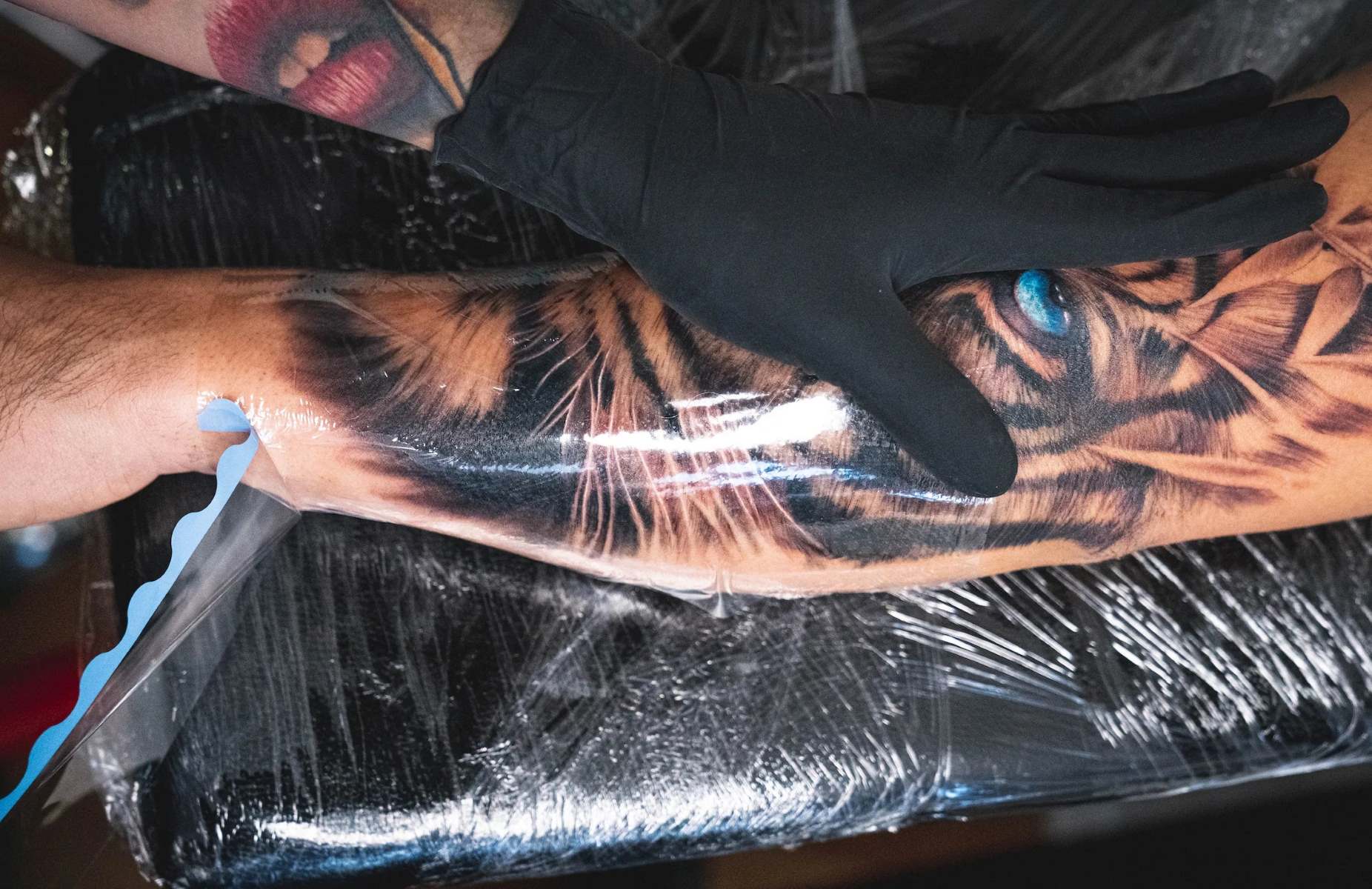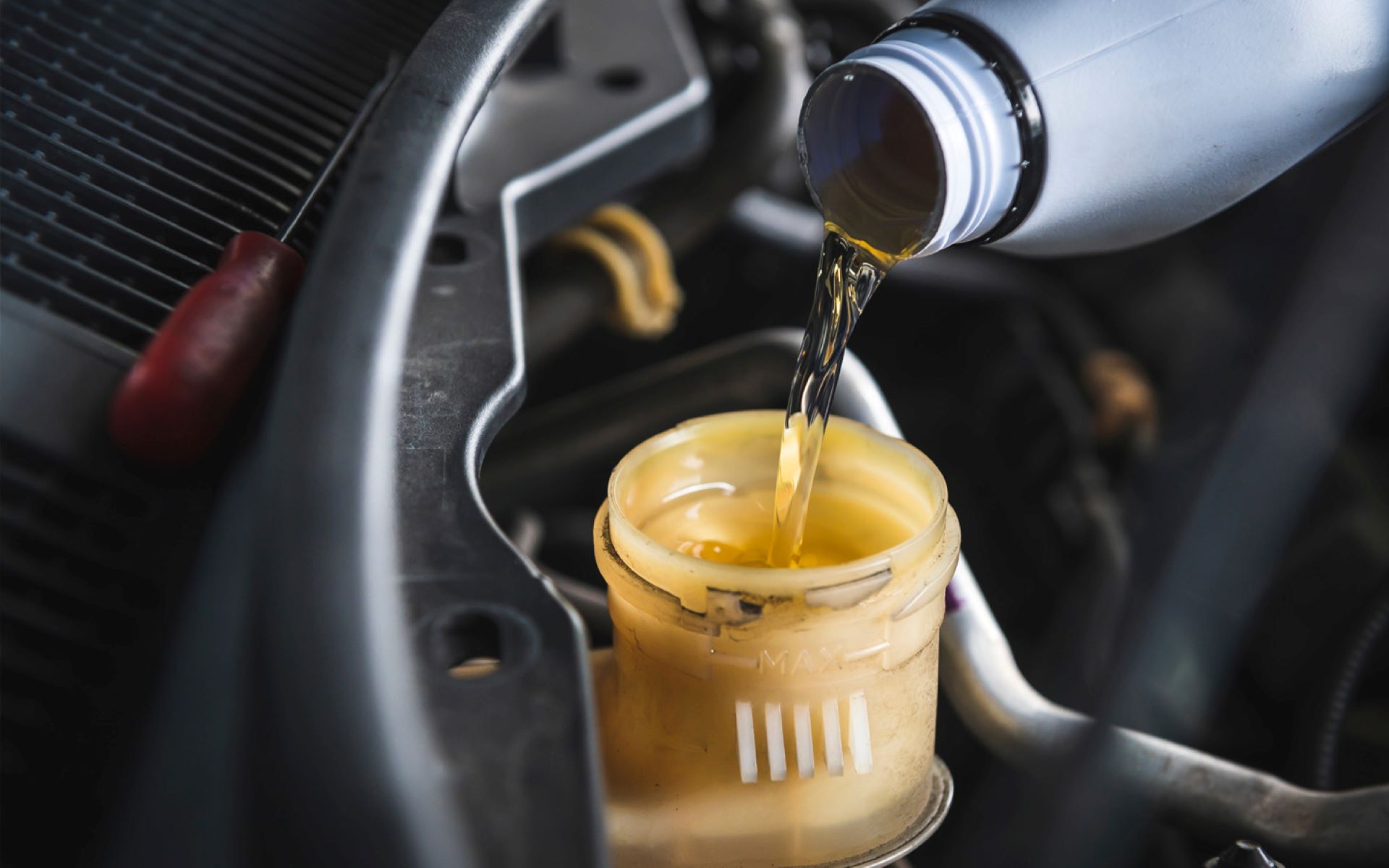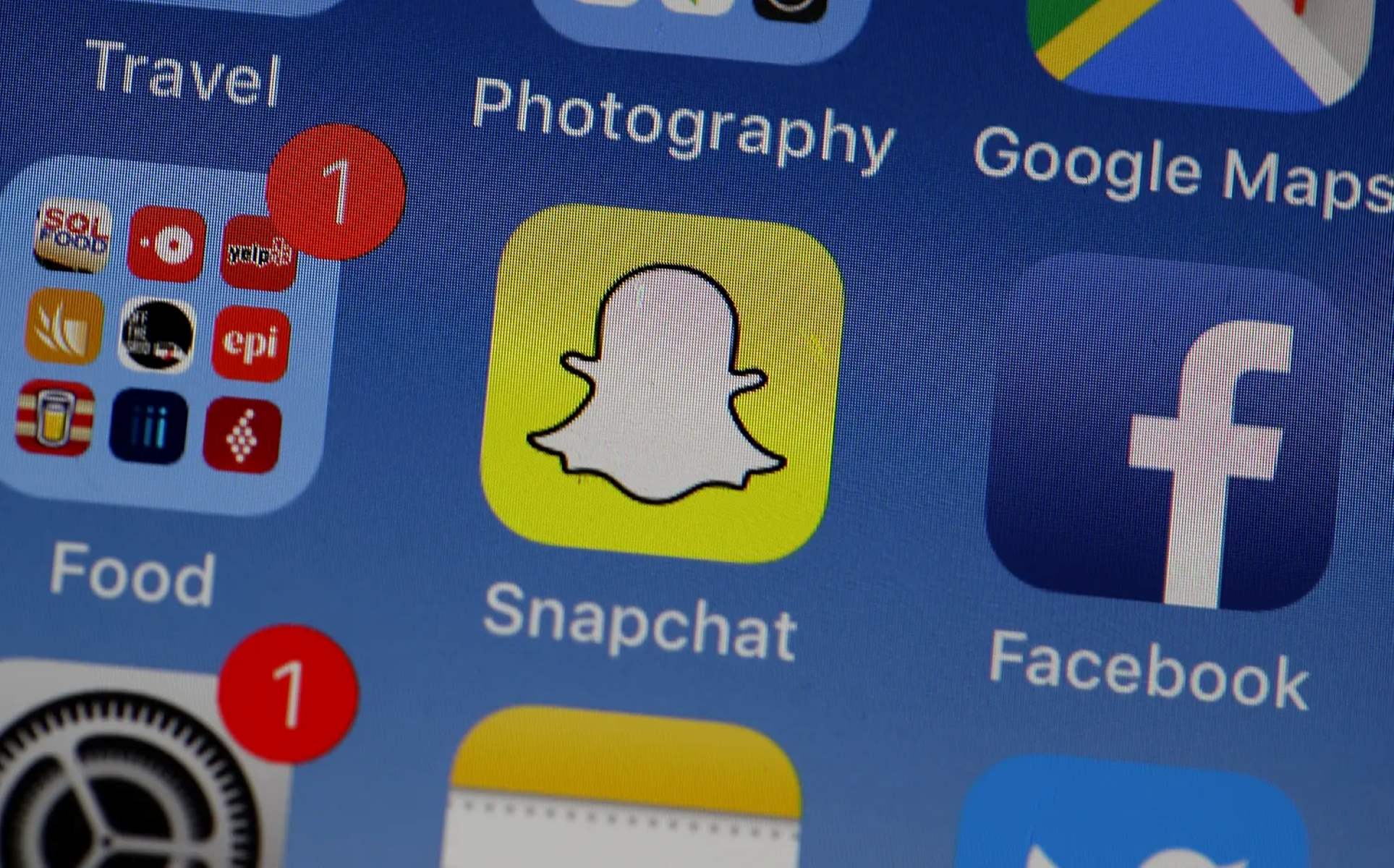Home>Health and Wellness>Why Do I Look Fat In Photos? Understanding Body Image And Perception
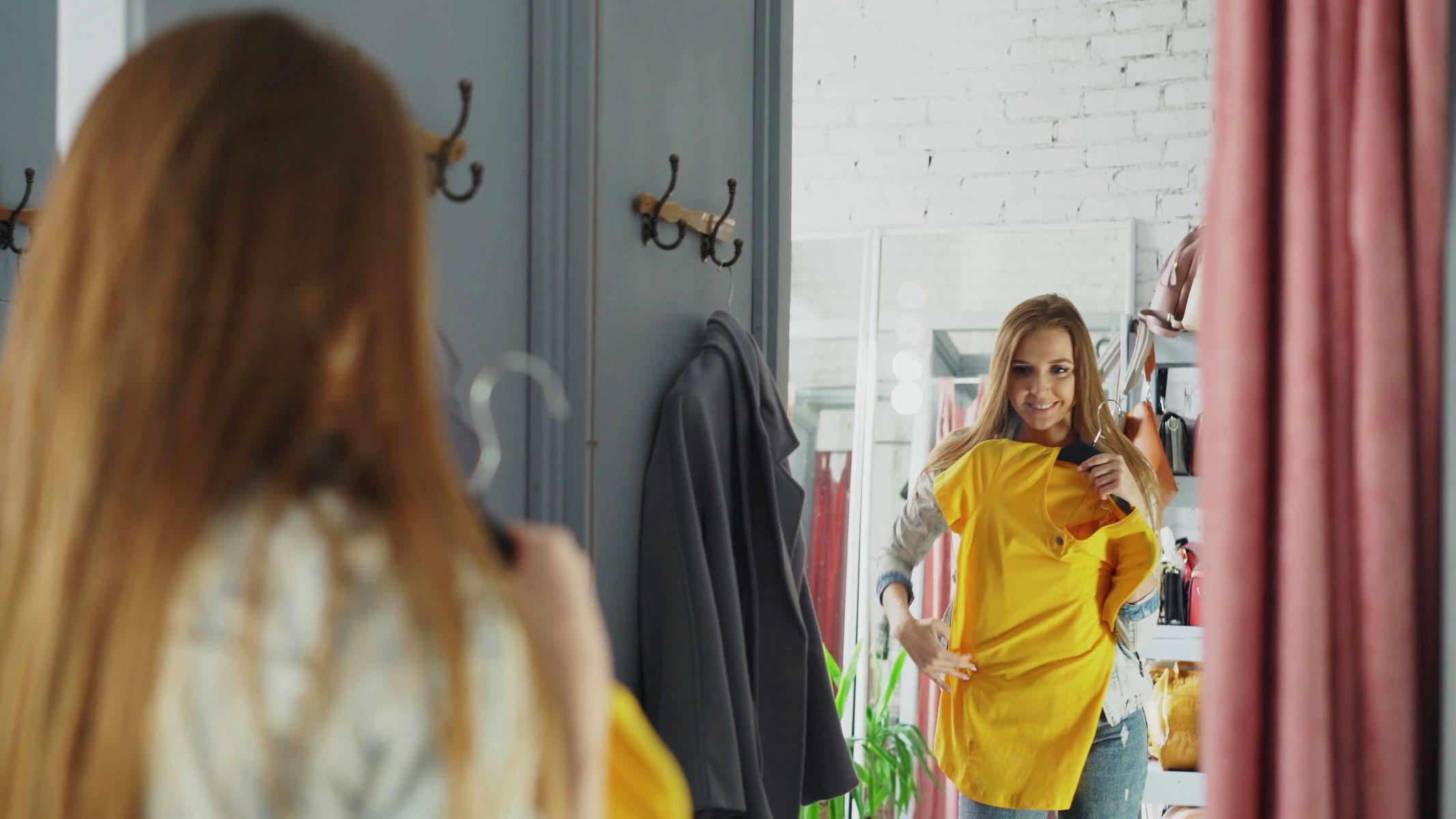

Health and Wellness
Why Do I Look Fat In Photos? Understanding Body Image And Perception
Published: February 19, 2024
Learn about the impact of body image and perception on your health and wellness. Discover why you may appear different in photos and how to embrace your true self.
(Many of the links in this article redirect to a specific reviewed product. Your purchase of these products through affiliate links helps to generate commission for Regretless.com, at no extra cost. Learn more)
Table of Contents
Introduction
Body image and self-perception are deeply intertwined aspects of our identity. The way we perceive ourselves, particularly in photographs, can significantly impact our self-esteem and mental well-being. Many of us have experienced the perplexing phenomenon of looking different in photos than we do in the mirror. This can lead to feelings of dissatisfaction and confusion, prompting the question, "Why do I look fat in photos?"
The discrepancy between our perceived appearance and how we appear in photographs can be attributed to various factors, including the inherent distortion of the camera, the influence of lighting and angles, and the pervasive impact of social media on beauty standards. Understanding these factors is crucial in reshaping our perception of ourselves and cultivating a positive body image.
In this article, we will delve into the complexities of body image and its correlation with how we appear in photos. By exploring the psychological and technical aspects of this phenomenon, we aim to provide insights that can empower individuals to embrace their unique beauty and develop a healthier relationship with their self-image. Let's embark on a journey to unravel the mysteries behind our perception of ourselves in photographs and discover strategies to enhance our body image and self-perception.
The Role of Body Image in Self-Perception
Body image plays a pivotal role in shaping our self-perception and overall sense of identity. It encompasses the thoughts, feelings, and beliefs we hold about our physical appearance, encompassing aspects such as weight, shape, and size. Our body image is not solely based on our objective physical attributes but is profoundly influenced by our internal thoughts and emotions. It serves as a lens through which we view ourselves and interpret how others perceive us.
The formation of body image is a complex interplay of psychological, social, and cultural factors. From a psychological standpoint, our body image is intricately linked to our self-esteem and mental well-being. Individuals with a positive body image tend to have higher self-esteem and are more resilient in the face of societal pressures and unrealistic beauty standards. Conversely, those with a negative body image may experience heightened levels of anxiety, depression, and dissatisfaction with their appearance.
Social and cultural influences also significantly impact our body image. Media representations of beauty, societal ideals, and cultural norms shape our perception of an ideal body, often leading to unrealistic standards that can be detrimental to our self-perception. The pervasive presence of digitally altered images in advertising and social media further distorts our perception of beauty, creating an unattainable benchmark that fuels feelings of inadequacy and self-doubt.
Moreover, the feedback and comments we receive from peers, family, and society at large can profoundly impact our body image. Positive reinforcement and acceptance can bolster a healthy body image, while criticism and judgment can erode our confidence and self-worth.
It is essential to recognize that body image is a subjective and deeply personal experience. Two individuals may have vastly different perceptions of their bodies, even if their physical attributes are similar. This highlights the intricate nature of body image and its profound influence on self-perception.
In the context of photographs, our body image significantly influences how we interpret and react to our own image. The discrepancy between our perceived appearance and how we appear in photos can trigger a range of emotions, from delight to dismay. Understanding the role of body image in self-perception is crucial in navigating the complexities of our relationship with our physical selves, both in the real world and in the realm of captured images.
Understanding the Camera's Distortion
The camera, despite its remarkable ability to capture moments and memories, can introduce a level of distortion that significantly impacts how we appear in photographs. This distortion is not a flaw of the camera but rather a result of its inherent characteristics and the way it translates three-dimensional subjects into a two-dimensional image.
One of the primary factors contributing to the camera's distortion is focal length. Different lenses, such as wide-angle and telephoto lenses, can produce varying levels of distortion. Wide-angle lenses, commonly used in smartphone cameras and certain types of photography, have a tendency to exaggerate the perceived size of objects that are closer to the lens while diminishing the relative size of objects in the background. This can result in a fisheye effect, where objects near the edges of the frame appear disproportionately larger. On the other hand, telephoto lenses, often used in portrait and landscape photography, compress the perceived distance between objects, which can subtly alter the proportions of the subjects within the frame.
Additionally, the distance between the camera and the subject influences the level of distortion. When a subject is positioned closer to the camera, certain features may appear more prominent, while other elements recede into the background. This can create a skewed representation of the subject's proportions, leading to an inaccurate portrayal of their true physical attributes.
Furthermore, the angle at which the photograph is taken can introduce distortion. Shooting from a low angle can elongate the body and create the illusion of height, while shooting from a high angle can have the opposite effect, making the subject appear shorter or wider than they are in reality.
Understanding the camera's distortion is crucial in contextualizing the disparities between our perceived appearance and how we appear in photographs. It underscores the technical nuances that contribute to the visual discrepancies, offering a rational explanation for why we may appear differently in photos than we do in the mirror. By acknowledging the impact of focal length, distance, and angles on the portrayal of our physical selves, we can cultivate a more informed and forgiving perspective on our photographic representations.
The Influence of Lighting and Angles
Lighting and angles play a pivotal role in shaping the way we appear in photographs. The interplay between light and shadow can dramatically alter the perception of our physical features, while the angle from which a photo is taken can accentuate or diminish certain aspects of our appearance.
Firstly, the quality and direction of light significantly impact how we are portrayed in photographs. Soft, diffused lighting tends to minimize harsh shadows and create a more flattering representation of our features. Conversely, harsh or direct lighting can accentuate imperfections and create unflattering contrasts. The angle of light also contributes to the overall effect, as light coming from above can create shadows that obscure facial features, while light from below can produce an unflattering, eerie effect.
Moreover, the angle from which a photo is taken can drastically alter the perception of our physical attributes. A high angle, where the camera is positioned above the subject, can elongate the body and create the illusion of height, while a low angle can have the opposite effect, making the subject appear shorter or wider than they are in reality. Additionally, the angle at which the face is captured can influence the perceived symmetry and proportions of facial features, further shaping the overall impression conveyed by the photograph.
Understanding the influence of lighting and angles is essential in comprehending the disparities between our perceived appearance and how we appear in photographs. By recognizing the transformative power of lighting and angles, we can appreciate that the visual representation captured in a photograph is not a definitive reflection of our true physical form but rather a subjective interpretation influenced by these technical elements.
In essence, the interplay of lighting and angles underscores the malleability of our photographic representations and serves as a reminder that the way we appear in photos is not a fixed truth but rather a nuanced interplay of technical factors. By acknowledging the impact of lighting and angles, we can cultivate a more forgiving and nuanced perspective on our photographic representations, empowering us to embrace the inherent subjectivity of visual imagery.
The Impact of Social Media on Body Image
Social media has emerged as a powerful force in shaping societal perceptions of beauty and body image. The pervasive influence of platforms such as Instagram, Facebook, and TikTok has significantly contributed to the perpetuation of unrealistic beauty standards and the cultivation of a culture that equates self-worth with physical appearance.
One of the most profound impacts of social media on body image is the proliferation of idealized and often unattainable beauty standards. The curated nature of social media platforms has created an environment where individuals showcase their most flattering and carefully crafted images, often enhanced with filters and digital manipulation. This perpetuation of flawless and perfected imagery sets an unattainable benchmark for beauty, leading many individuals to compare themselves unfavorably and experience feelings of inadequacy.
Moreover, the prevalence of influencers and celebrities promoting narrow beauty ideals further exacerbates the pressure to conform to unrealistic standards. The endorsement of specific body types, facial features, and beauty trends by influential figures can significantly influence the self-perception of their followers, leading to a pervasive sense of dissatisfaction with one's own appearance.
The phenomenon of "doctored reality" on social media, where images are meticulously edited to present an idealized version of oneself, has created a distorted perception of beauty and body image. This has contributed to a culture of comparison and self-criticism, where individuals feel compelled to measure up to the flawless images they encounter on their social media feeds.
Furthermore, the prevalence of cyberbullying and body shaming on social media platforms has detrimental effects on individuals' body image and self-esteem. Negative comments, hurtful comparisons, and unrealistic beauty standards perpetuated through social media can lead to heightened levels of body dissatisfaction, anxiety, and depression.
The impact of social media on body image extends beyond individual experiences, influencing broader societal attitudes towards beauty and self-worth. The commodification of beauty and the relentless pursuit of perfection portrayed on social media have contributed to a culture that values external appearance over intrinsic qualities, perpetuating harmful beauty standards and undermining individuals' self-acceptance.
In essence, the pervasive influence of social media on body image underscores the need for critical awareness and a shift towards promoting diverse representations of beauty. By acknowledging the detrimental effects of idealized beauty standards perpetuated through social media, individuals can cultivate a more discerning and compassionate perspective on their own appearance, fostering a culture of inclusivity and self-acceptance.
Read more: The Power Of Appreciation: Understanding The Meaning Behind “I Really Appreciate What You Are Doing”
Strategies for Improving Body Image and Perception in Photos
-
Embrace Authenticity: Recognize that perfection is an illusion perpetuated by societal pressures and social media. Embracing authenticity involves celebrating your unique features and imperfections, understanding that they contribute to your individuality and beauty.
-
Practice Self-Compassion: Cultivate a mindset of self-compassion by treating yourself with kindness and understanding. Acknowledge that it is natural to have insecurities and that your worth is not contingent on meeting unrealistic beauty standards.
-
Challenge Unrealistic Beauty Ideals: Engage in critical reflection on the beauty standards perpetuated by media and social platforms. Challenge the notion of an "ideal" body and celebrate diverse representations of beauty. Surround yourself with inclusive and empowering content that promotes self-acceptance.
-
Mindful Photography: When taking or viewing photographs, practice mindfulness by approaching them with a balanced perspective. Acknowledge the technical factors that can influence how you appear in photos, and remind yourself that a photograph captures a single moment, not your entire essence.
-
Positive Affirmations: Incorporate positive affirmations into your daily routine to reinforce a healthy body image. Remind yourself of your worth beyond physical appearance and focus on your unique qualities, talents, and accomplishments.
-
Limit Social Media Exposure: Take breaks from social media or curate your feed to include content that promotes body positivity and self-love. Limit exposure to accounts that perpetuate unrealistic beauty standards and comparison, and prioritize platforms that celebrate diversity and authenticity.
-
Surround Yourself with Supportive Individuals: Cultivate a supportive social circle that values you for who you are beyond your appearance. Surrounding yourself with individuals who appreciate your uniqueness and offer genuine support can significantly enhance your self-perception.
-
Seek Professional Support: If negative body image significantly impacts your well-being, consider seeking support from a mental health professional. Therapy can provide valuable tools and strategies to navigate and improve body image concerns.
-
Engage in Activities That Foster Self-Confidence: Participate in activities that make you feel confident and empowered. Whether it's pursuing a hobby, engaging in physical activity, or expressing yourself creatively, these experiences can bolster your self-esteem and contribute to a positive body image.
-
Educate Yourself: Educate yourself on the realities of digital manipulation and the portrayal of beauty in media. Understanding the artificial nature of many images can help dispel unrealistic expectations and foster a more critical and discerning perspective.
By implementing these strategies, individuals can cultivate a healthier and more positive body image, both in their everyday lives and in the realm of captured images. Embracing authenticity, practicing self-compassion, and challenging unrealistic beauty ideals are essential steps in fostering a more inclusive and empowering approach to self-perception in photographs.
